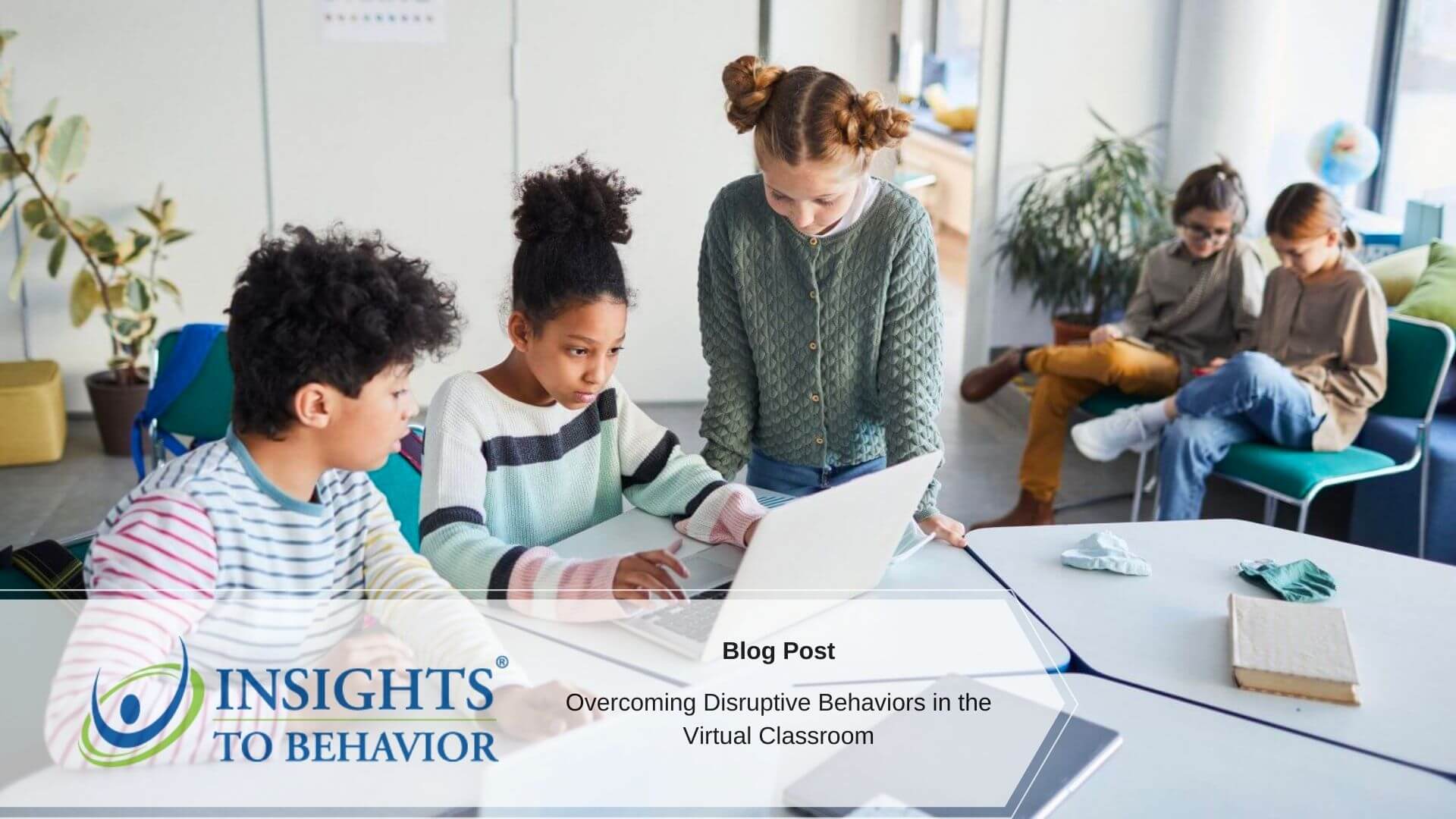When the pandemic hit in 2020, over one billion students had to change the way they learned. Teachers had to adapt to teaching in an entirely different way, and parents had to learn to keep an eye on their children while they worked from home.
These drastic changes didn’t make it easy to adapt. Students who were used to going into a classroom suddenly had to meet in a virtual classroom – usually in a room by themselves. Teachers who could utilize other teachers or the dean/principal of the school for quick support no longer could. Behaviors that children couldn’t get away with when in the classroom became rampant while virtual learning.
So how can you overcome disruptive behavior in a virtual classroom? Here are a few tips!
Prevent Disruptive Behavior
While you’ll probably have to deal with some problem behaviors from time to time, there are a few ways to prevent disruptive behavior in a virtual classroom. Here are a few.
Set Clear Expectations
When students don’t have a routine, things can get out of whack. However, if you reestablish a routine with them while virtually learning and set clear expectations, it is more likely that they will adjust sooner to meet your expectations.
One way to do this is in a way that is similar to an in-person classroom. You can share your screen to mimic a PowerPoint presentation that displays the expectations, this way, all of your students can see the expectations laid out in front of them.
Use Positive Reinforcement
Learning how to use positive reinforcement in a virtual classroom is vital to the success of your class and your students. For instance, if you positively reinforce a few students who are doing the right thing, those who are doing the wrong thing are more likely to stop and listen to receive the same positive reinforcement.
Instead of focusing on the negative, you are shifting the focus to the positive, which in turn will shift the overall feeling of the classroom. Here are 5 Activities to use Positive Reinforcement in the Classroom.
Engage the Students
It can be pretty difficult to engage students through a screen. But with the technology and new platforms that have been introduced in the last few years, it’s easier than ever to create an engaging virtual learning setting.
Consider using some of these platforms:
Some of these platforms are those that can make learning Math and English more interactive, while the others are fun review games that can be played remotely.
Utilize Student Voice
You may think that when you’re remote, it’s easier to just lecture. However, that will make more students get off-task because of boredom or confusion. Instead, consider having student voices lead the classroom. You can create breakout rooms for collaboration or allow them to unmute to contribute to class conversations or discussions.
Dealing With Disruptive Behavior
It’s not always possible to prevent disruptive behavior. Sometimes, you’re going to have to react to the disruptive behavior that shows up in the classroom. Here are a few ways to do so!
Quick Corrections
One of the most annoying things as a teacher that you may face in a virtual classroom is the unmuting by students without your permission. This creates too much noise, and then what you are saying is not as clear. The entire lesson is interrupted.
If this happens, you can easily mute the student. Doing this without saying anything will help you deal with the situation without interrupting the lesson. However, if it is consistent, you can mute them and also quickly say “Please be sure to keep yourselves on mute.” By not mentioning any names, you aren’t calling a specific student out to the entire classroom so they are more likely to not feel anger toward you to further disrupt.
Create a Separate Breakout Room
Sometimes the behavior becomes too much to continue teaching successfully. At this point, you will need to have a separate conversation with them away from everyone else in the classroom.
Before creating the breakout room for the two of you, you can send students into independent practice or you can create other breakout rooms for them to collaborate. This depends on what you are doing in the classroom at that moment.
Once you are in a separate breakout room with the student displaying disruptive behaviors, you can have a conversation about what behavior you would like to see change. Be sure to include some positive reinforcement as well! Seek to understand, not lecture. Here are more resources on handling student aggression in an online classroom.
One great way to understand some disruptive behaviors is through applied behavior analysis or ABA. This can help you assess triggers that may be setting a student off. If you are a teacher, you can get classroom management training to help you with this.
Understanding Disruptive Behavior to Overcome It
Disruptive behavior, especially in a virtual classroom, cannot be ignored or “dealt with.” Instead, there has to be an understanding. Learning what plans to put into place if there are disruptions by students is so important to the academic success of all students in the classroom. Plans would look different for each student.
This way, overcoming disruptive behavior has more to do with learning more about the individual rather than disciplining everyone in the same way.
If you’re looking to understand disruptive behavior to make a change in virtual classrooms, sign up for our webinar! You’ll learn all about how to use a positive approach to any disruptive behaviors in the classroom. The best part is that it’s free to attend, too!



